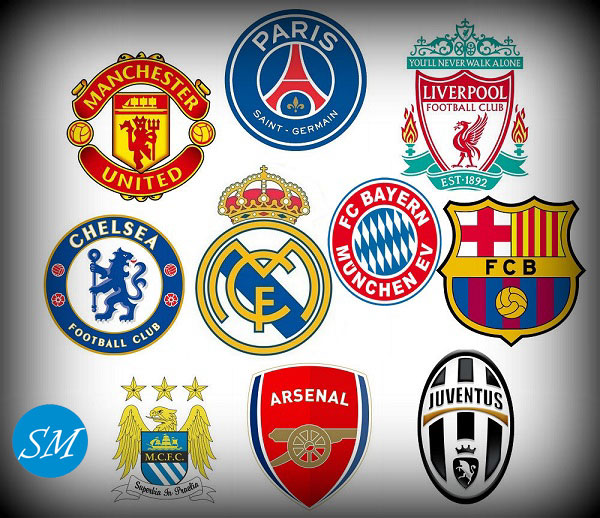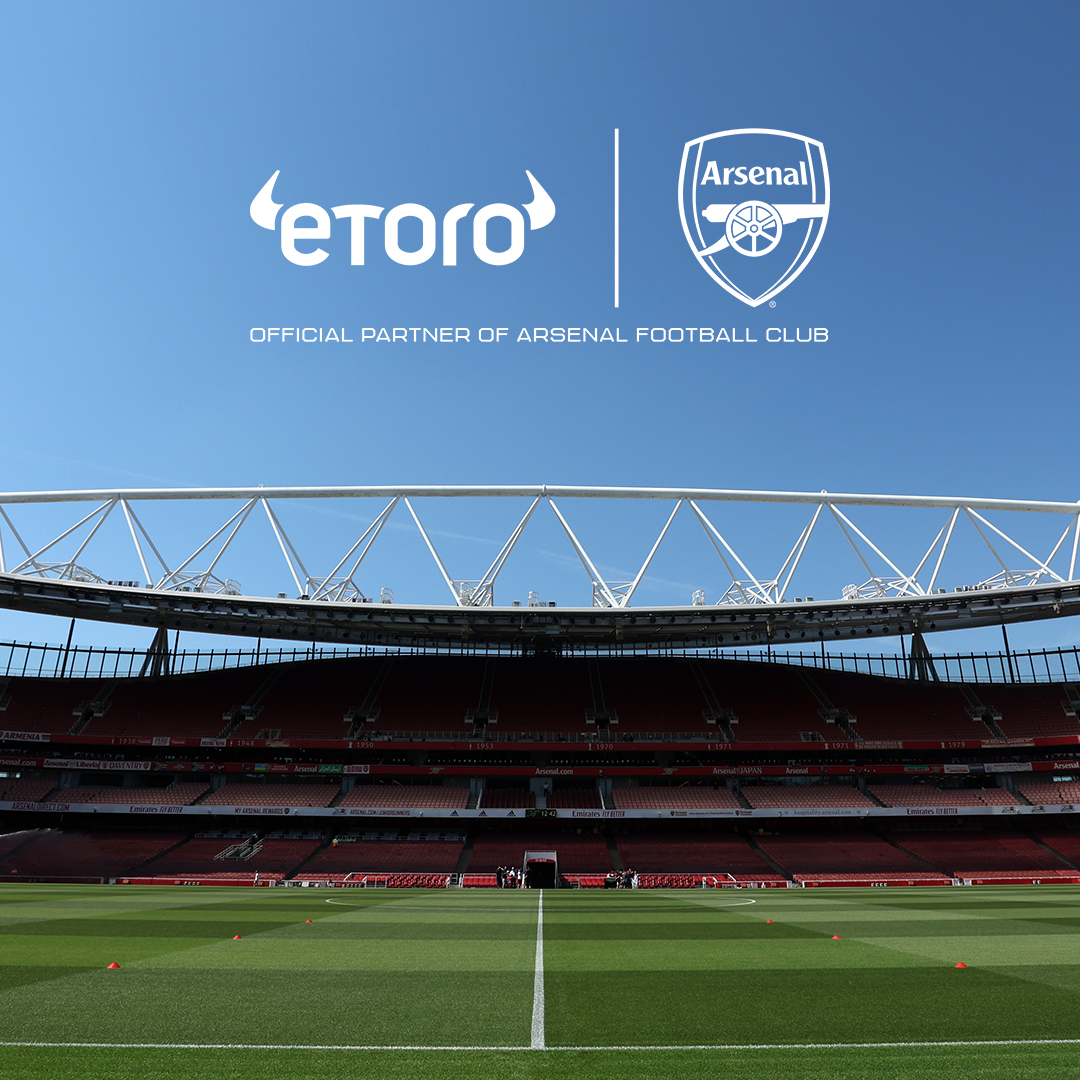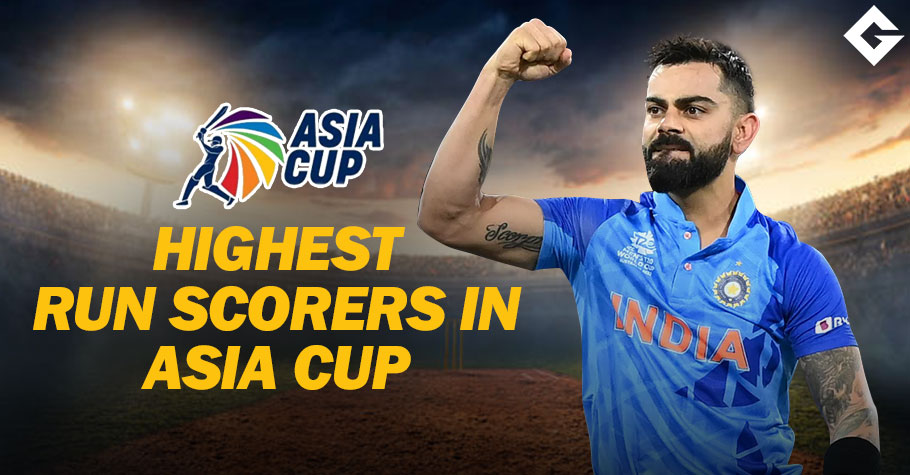
The Financial Tapestry: A Deep Dive into Latest Football Sponsorship Deals
Football, the world’s most beloved sport, is far more than just 90 minutes of captivating action on the pitch. It is a colossal global industry, underpinned by vast financial flows, with sponsorship deals forming one of its most critical arteries. These partnerships, which range from multi-million-pound shirt agreements to intricate digital content collaborations, are not merely about slapping a logo on a jersey; they are sophisticated, data-driven strategies designed to connect brands with billions of passionate fans worldwide. In an increasingly competitive landscape, understanding the latest trends and landmark deals in football sponsorship offers a revealing glimpse into the sport’s economic health and its evolving relationship with the corporate world.
The Evolving Landscape of Football Sponsorship
Gone are the days when a sponsorship deal was a simple exchange of cash for visibility. Today’s partnerships are multifaceted, often encompassing digital rights, fan engagement initiatives, community outreach programs, and even sustainability pledges. The driving forces behind this evolution are manifold: globalization, the digital revolution, the rise of new markets, and an increasing focus on purpose-driven marketing.
Clubs are no longer just seeking financial injections; they are looking for strategic partners who can help them expand their global footprint, innovate their fan experience, and unlock new revenue streams. Brands, in turn, are seeking more than just brand awareness; they desire deep, meaningful connections with target demographics, measurable ROI, and the ability to leverage the immense emotional capital that football commands.
Key Drivers Behind Modern Sponsorship Deals
-
Globalization and Emerging Markets: The sheer global reach of football is unparalleled. Premier League clubs, for instance, boast fan bases stretching from Asia to the Americas. This global appeal attracts brands looking to penetrate new markets or solidify their presence in existing ones. Deals with companies from the Middle East, Asia, and North America are increasingly common, reflecting a shift in economic power and consumer bases.
-
Digital Transformation and Fan Engagement: Social media, streaming platforms, and digital content have revolutionized how fans interact with their clubs. Sponsors are leveraging these channels to create immersive experiences, exclusive content, and interactive campaigns. Data analytics plays a crucial role, allowing brands to tailor messages and measure engagement with unprecedented precision.
-
Diversification of Revenue Streams: Clubs are constantly seeking to diversify their income beyond broadcasting rights and matchday revenue. Sponsorships offer a stable and significant income source, enabling investments in talent, infrastructure, and youth development.
-
ESG (Environmental, Social, Governance) and Purpose-Driven Marketing: There’s a growing demand from consumers for brands to demonstrate social responsibility. Football clubs and their sponsors are increasingly aligning on ESG initiatives, from promoting sustainability and diversity to supporting local communities. Deals that incorporate shared values and positive social impact are gaining traction.
A Deep Dive into Recent Landmark Deals
The past few seasons have witnessed a flurry of high-profile sponsorship renewals and new agreements, reflecting the dynamic nature of the market.
Premier League (England): The Apex of Commercial Value
The Premier League remains the most commercially valuable football league globally, and its clubs command some of the highest sponsorship fees.
- Manchester United: One of the most commercially astute clubs, United recently transitioned from their controversial Chevrolet shirt sponsorship to TeamViewer, a German software company, in a deal reportedly worth around £47 million per year. This signaled a shift towards tech-focused partnerships. More recently, they added Snapdragon (Qualcomm’s mobile platform) as a sleeve sponsor in a multi-year deal, further cementing their focus on the tech sector. This diversification highlights the club’s strategy to align with innovative, forward-thinking brands.
- Arsenal: The Gunners have a long-standing and highly lucrative partnership with Emirates, which includes both shirt sponsorship and stadium naming rights (Emirates Stadium). This deal, reportedly renewed in recent years for around £50 million per season, is a cornerstone of Arsenal’s commercial strategy and exemplifies the enduring power of long-term, integrated partnerships. Their kit deal with Adidas is also one of the biggest in the league, valued at approximately £60 million per year.
- Liverpool: The Reds continue their successful shirt sponsorship with Standard Chartered, a financial services company, in a deal reportedly worth over £50 million per year, which was renewed recently. This enduring partnership underscores stability and mutual brand alignment. Their kit supplier, Nike, signed a deal reportedly worth around £30 million annually, although the true value is boosted by significant royalty payments based on merchandise sales. Liverpool also has a prominent training kit sponsor in AXA, the French insurance giant.
- Manchester City: Their dominant financial backing comes from their owners, with Etihad Airways serving as both shirt sponsor and stadium naming rights holder in a sprawling partnership that reportedly exceeds £67 million annually. This integrated approach leverages the entire City Football Group ecosystem. Their kit deal with Puma is also a significant contributor.
- Chelsea: Following the turbulent departure of Three as their main shirt sponsor due to sanctions against former owner Roman Abramovich, Chelsea signed a one-year deal with Infinite Athlete, a technology company, for the 2023-24 season, reportedly worth around £40 million. This interim solution highlights the challenges clubs can face in securing long-term deals amidst uncertainty. Their kit deal with Nike remains a major revenue stream.
La Liga (Spain): Brand Powerhouses
Spanish giants Real Madrid and Barcelona continue to be global marketing behemoths.
- Real Madrid: Their iconic white shirt continues to feature Emirates as the main sponsor in a deal reportedly worth around €70 million per year. This long-standing partnership reflects Real Madrid’s immense global appeal. Their kit supplier, Adidas, maintains one of the most lucrative deals in football, reportedly valued at over €100 million annually, reflecting the brand’s deep historical ties with the club. Real Madrid also added HP as a sleeve sponsor in a new multi-year deal in early 2024, reportedly worth around €70 million over four years, marking the first time the club has ever had a sleeve sponsor and signaling a new frontier in their commercial strategy.
- FC Barcelona: In a groundbreaking deal, Barcelona signed with Spotify in 2022, a partnership valued at around €280 million over four years. This agreement includes shirt sponsorship for both men’s and women’s teams, training kit sponsorship, and crucially, the renaming of their iconic stadium to "Spotify Camp Nou." This deal represents a paradigm shift, as a digital music streaming service took over a stadium’s naming rights, emphasizing the convergence of sports, entertainment, and technology. Their kit deal with Nike also remains a significant asset.
Bundesliga (Germany): Stability and Fan Focus
German clubs are known for their financial prudence and strong fan engagement.
- Bayern Munich: The perennial Bundesliga champions have a long-standing and robust partnership with Deutsche Telekom (T-Mobile) as their main shirt sponsor, reportedly worth around €50 million per year. This deep-rooted German partnership underscores stability. Their kit deal with Adidas is also substantial, as Adidas is a German company with historical ties to Bayern. The Allianz Arena naming rights deal with Allianz is another key revenue stream.
Serie A (Italy): Resurgence and Innovation
Italian football is seeing a commercial resurgence, with clubs exploring new types of partnerships.
- Juventus: The Old Lady continues to sport Jeep on their shirts, a partnership that has been in place for many years, reflecting the link to their owners, the Agnelli family (who also own Fiat Chrysler, Jeep’s parent company). Their kit deal with Adidas is also a major earner.
- Inter Milan: After facing challenges with previous crypto sponsors, Inter Milan secured Paramount+ as their main shirt sponsor in a deal reportedly worth around €15 million per year. This illustrates the evolving landscape of media and entertainment companies seeking visibility through football.
Ligue 1 (France): The PSG Phenomenon
- Paris Saint-Germain (PSG): Backed by Qatar Sports Investments, PSG has rapidly become a global brand. Their main shirt sponsor is Qatar Airways, a natural alignment with their ownership. Their kit deal with Nike and its sub-brand Jordan is particularly noteworthy, blurring the lines between sports and fashion and expanding their appeal beyond traditional football fans.
The Rise of Niche and Innovative Sponsorship Categories
Beyond the traditional shirt and stadium deals, new categories are emerging as lucrative opportunities:
- Training Kit Sponsors: Brands like AXA (Liverpool) and Tezos (Manchester United, though that deal ended) are paying significant sums to appear on training kits, recognizing the vast media exposure these kits receive during training sessions, pre-match warm-ups, and press conferences.
- Sleeve Sponsors: The introduction of sleeve sponsorships in the Premier League opened up a new tier of partnerships, allowing brands like MSC Cruises (Chelsea’s former sleeve sponsor) or DXC Technology (Manchester United’s former sleeve sponsor) to gain visibility without the astronomical cost of the main shirt. HP’s recent deal with Real Madrid is a prime example of this growing trend.
- Official "X" Partners: The level of granularity in sponsorships is increasing, with clubs having official partners for everything from soft drinks to data analytics, travel, and even coffee. These smaller deals, when aggregated, contribute significantly to a club’s commercial revenue.
- Web3, Fan Tokens, and NFTs: While experiencing a period of volatility and regulatory scrutiny, blockchain-based sponsorships were a major trend. Companies like Socios.com partnered with numerous clubs globally (including PSG, Barcelona, Juventus, Arsenal, and Manchester City) to launch "fan tokens," giving holders certain voting rights and exclusive content. Other crypto exchanges like Binance also inked deals with clubs. However, recent market downturns and increased regulatory concerns have led to a more cautious approach from both clubs and sponsors in this space.
- Esports Teams: Many top football clubs now have their own esports teams, attracting sponsorship from gaming companies, hardware manufacturers, and energy drink brands, tapping into a younger, digitally native audience.
Challenges and Considerations
While the sponsorship market is booming, it is not without its challenges:
- Economic Uncertainty: Global economic downturns, inflation, and geopolitical instability can impact corporate marketing budgets, potentially leading to reduced deal values or fewer new agreements.
- Regulatory Scrutiny: Industries like gambling and cryptocurrency, which have heavily invested in football sponsorship, are facing increased regulatory pressure in many countries. This could force clubs to find new partners or diversify their sponsorship portfolio. The UK, for instance, is set to ban gambling front-of-shirt sponsorships from the 2026/27 season.
- Reputational Risk: Associating with a brand carries inherent risks. If a sponsor faces a scandal or controversy, it can reflect poorly on the club. Conversely, if a club faces issues, it can damage the sponsor’s image. The Chelsea/Three situation during the sanctions highlighted this vulnerability.
- Brand Saturation: As more companies vie for limited inventory, the market can become saturated, potentially diluting the impact of individual sponsorships.
The Future of Football Sponsorship
Looking ahead, football sponsorship will likely become even more sophisticated and data-driven. We can expect:
- Increased Personalization: Leveraging fan data to deliver highly targeted content and experiences from sponsors.
- More Value-Driven Partnerships: A greater emphasis on shared values, ESG initiatives, and community impact, moving beyond pure commercial transactions.
- Web3 Integration (with caution): While the initial hype around crypto has cooled, the underlying technology of blockchain may still find applications in areas like ticketing, loyalty programs, and digital collectibles, creating new sponsorship opportunities.
- Hyper-Localization Meets Global Reach: Brands will seek to engage global fan bases while also tailoring activations to specific regional markets.
- Technological Innovation: Partnerships with AI companies, virtual reality developers, and metaverse platforms could open up entirely new avenues for fan engagement and commercialization.
Conclusion
The world of football sponsorship is a vibrant, dynamic ecosystem that mirrors the broader trends in global business, technology, and consumer behavior. From the established giants like Emirates and Adidas to the innovative new players in tech and digital entertainment, these deals are the financial lifeblood that fuels the beautiful game. As clubs continue to expand their global reach and fan engagement strategies evolve, the art and science of securing lucrative, impactful sponsorships will remain central to their success on and off the pitch, ensuring football’s continued reign as the world’s most popular sport.



